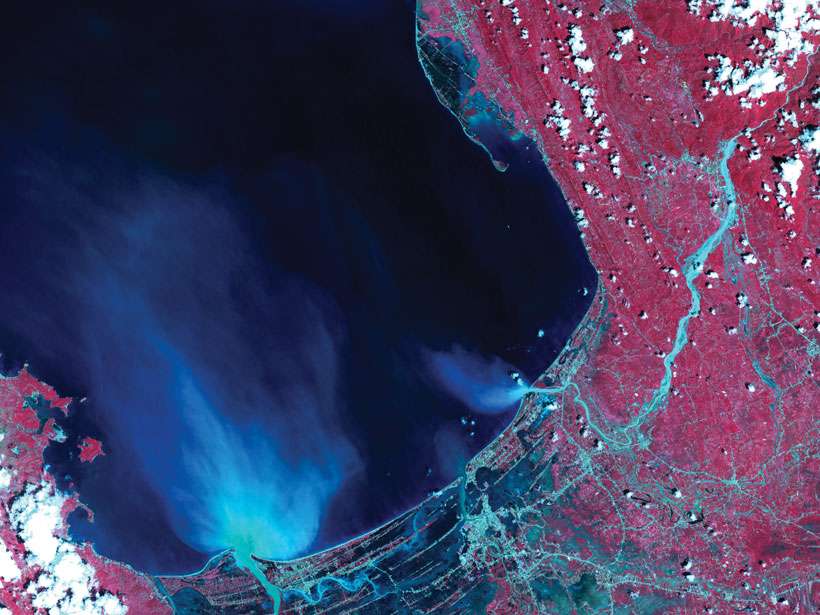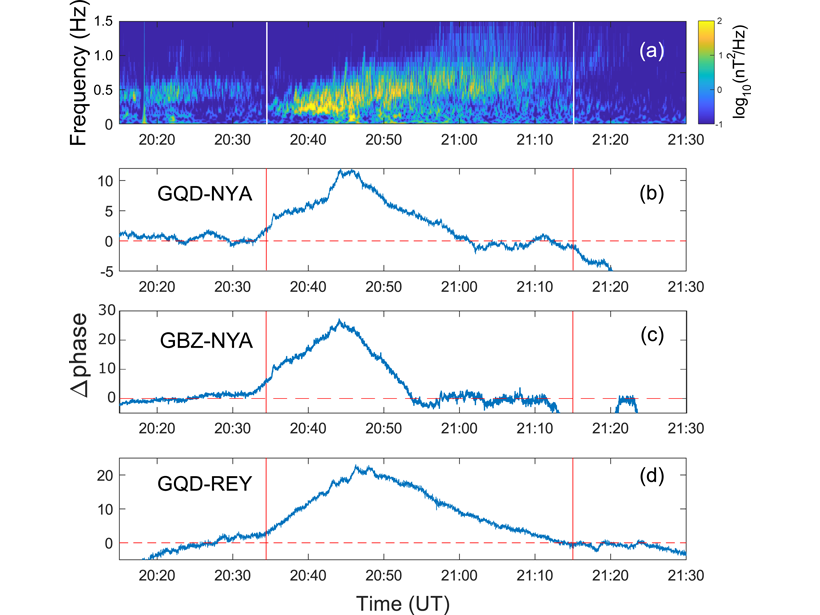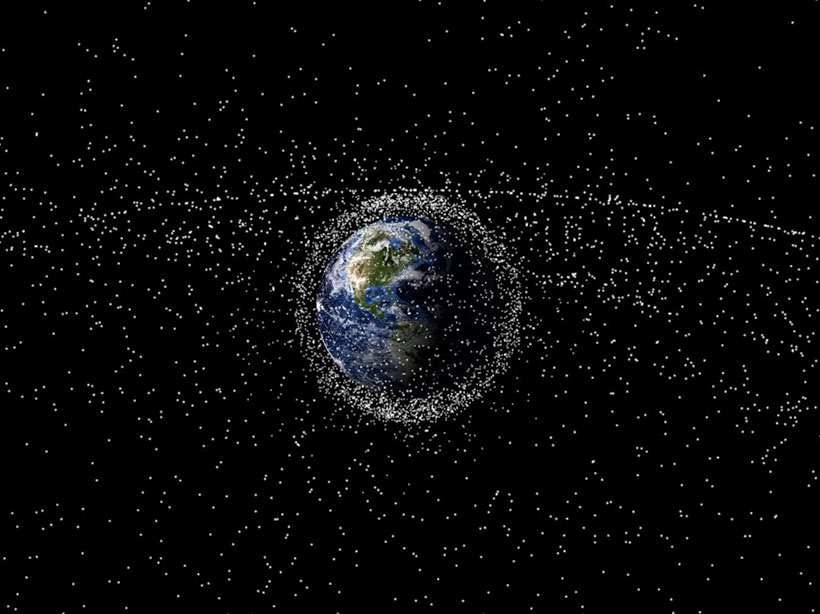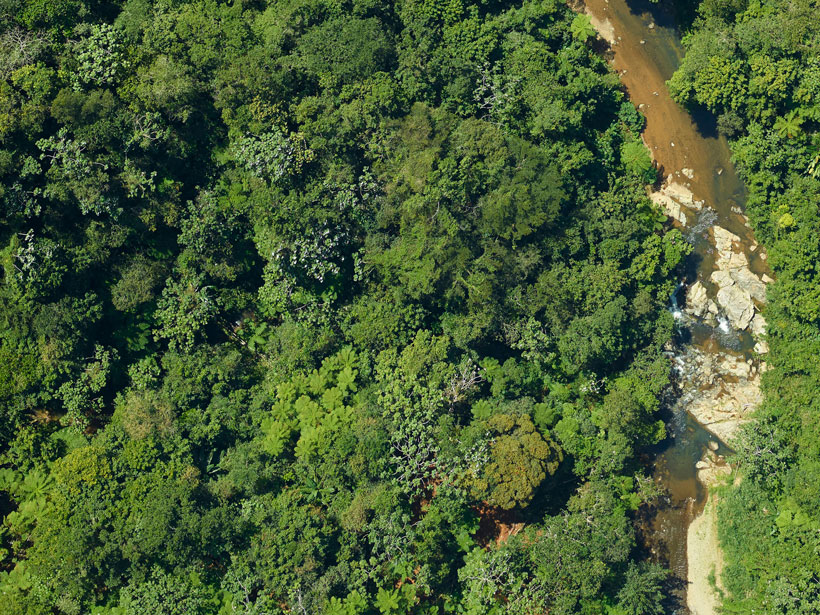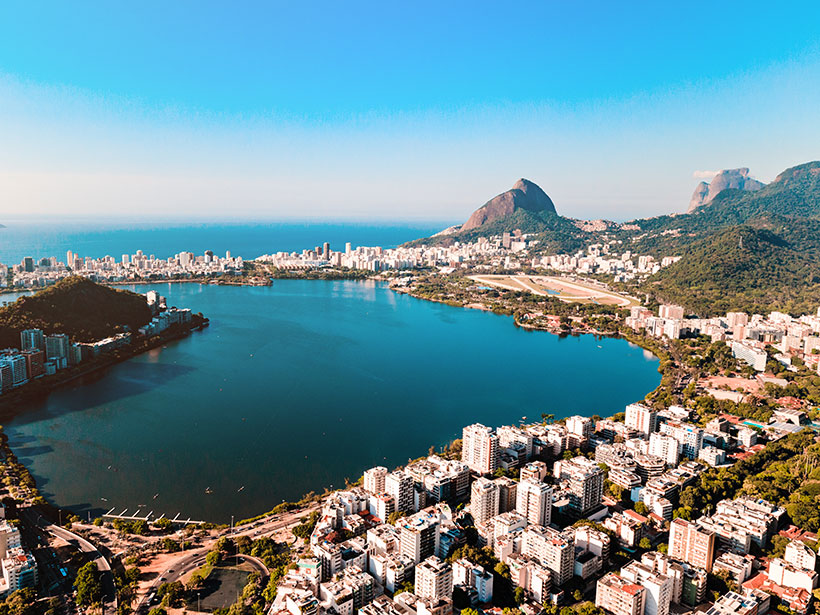The World Magnetic Model, updated every 5 years through an international collaboration, supports numerous technologies that help us find our way.
satellites
Terrestrial Radio Signals May Suppress High-Energy Electrons
Naval radio signals may cause the formation of a barrier observed during geomagnetic storms that is seemingly impenetrable by relativistic electrons.
Bringing Satellite Observations Down to Earth
This month’s issue of Eos shows how scientists can sometimes get a better look at something by stepping far—much, much farther—away.
All Hands on Deck to Catch Ion Cyclotron Waves
An international armada of orbiting satellites and ground VLF network join forces to form a “magnetosphere-ionosphere observatory” to size up electromagnetic ion cyclotron waves in the magnetosphere.
A GOLDen Way to Study Space Weather
A NASA mission is observing airglow in the upper atmosphere and uncovering what it tells us about Earth’s space weather system.
Flickers of Light Help Map the Space Junkyard
Researchers are identifying space debris by measuring its flickering patterns of reflected light.
In Vegetation Growth Studies, What You Measure Matters
Different satellite-based metrics for global vegetation coverage tell complementary, but not identical, stories.
Earth Observations Inform Cities’ Operations and Planning
Rio de Janeiro, Brazil, and Chicago, Ill., are using NASA Earth observations to map, monitor, and forecast water and air quality, urban heat island effects, landslide risks, and more.
Mapping Vegetation Health Around the World
A new spaceborne sensor monitors Earth’s surface temperature at a resolution higher than ever before, providing information on ecosystem responses to changes in water availability and climate stressors.
Five Things Spy Satellites Have Taught Us About Earth
Long before we had satellites beaming terabytes of data back to Earth, we had covert spacecraft the size of school buses snapping photos on rolls of film 50 kilometers long.



